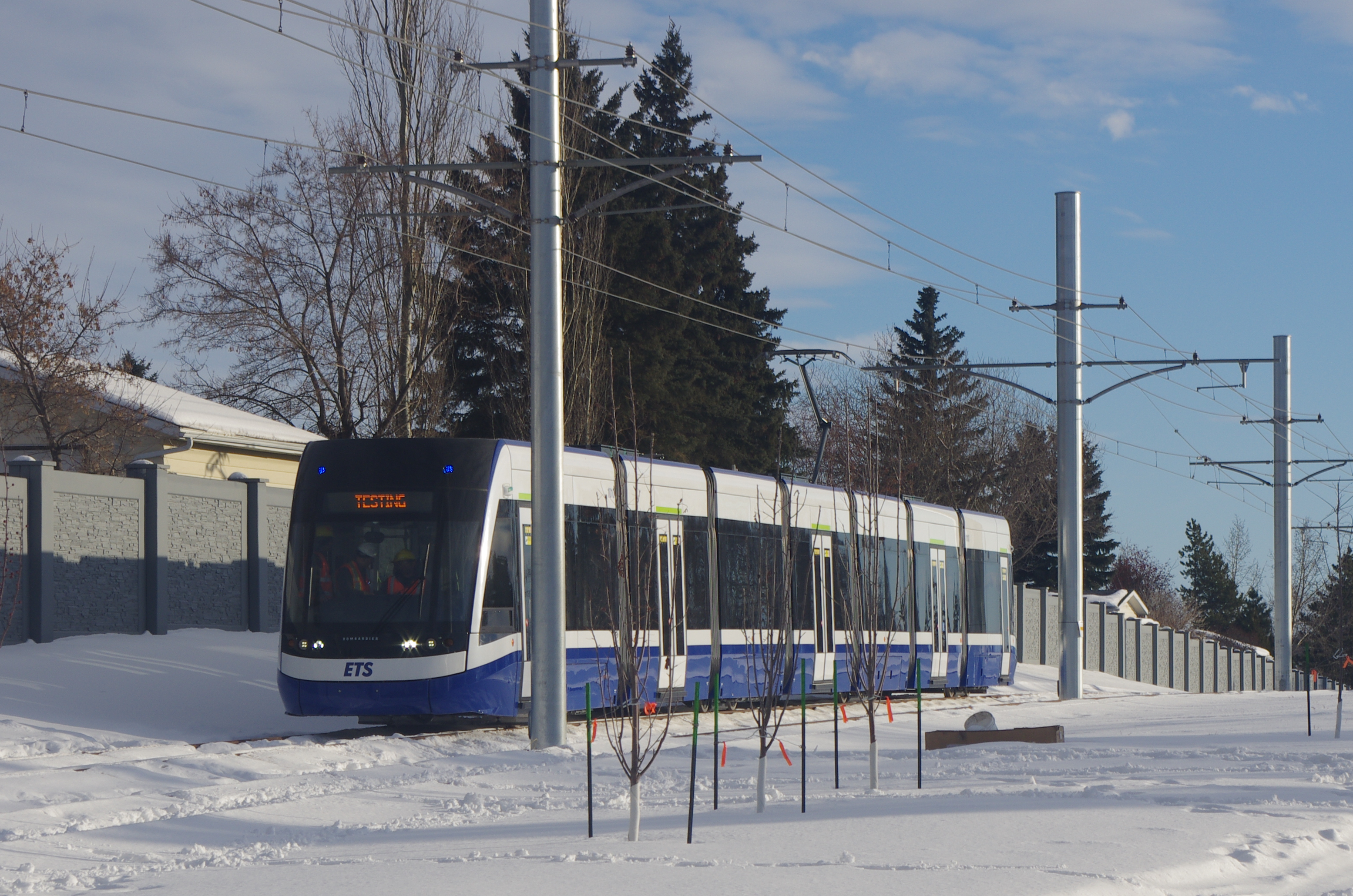A Letter To The CBC
I sent this to the CBC in Montreal, which they will take no action. The CBC’s accuracy on transit projects or just reporting on transit issues has greatly declined over the past decade and much of what they report has not been researched.
Please deliver to the CBC News Department;
*
I find that the CBC still refers to Montreal’s REM as light rail, when in reality it is a light-metro.
*
Driverless transit systems cannot be light rail because part of the definition of light rail is that it can operate in mixed traffic (on-street), which REM cannot.
*
Vancouver operates two light-metro systems under the umbrella of SkyTrain. Vancouver’s Expo and Millennium Lines operate the proprietary Movia Automatic Light Metro System (MALM) which is now owned by Alstom and the Canada Line which operates ROTEM Electrical Multiple Units or EMU’s.
*
Please note: The cars used on the Expo and Millennium Lines are erroneously called SkyTrain which is the name of the light metro system, with the name being chosen by a radio contest on CKNW Radio in 1985. The name SkyTrain has been trademarked by a Brazilian company for their own proprietary people mover. SkyTrain tends to be a common name for elevated railways.
*
The modern tram or streetcar, which light rail is based on, is an extremely flexible transit mode as it can operate as:
*
- A tram or streetcar, operating on-street, in mixed traffic
- As light rail, operating on a dedicated or reserved right-of-way
- As a light metro on a grade separated right-of-way
- As a passenger train (TramTrain) on a mainline railway
- Can carry freight in containers on special built cars
- And, it can do this on one transit route, negating the need for passengers to transfer. This is called flexibility which is extremely important for 21st century public transport.
*
A good example is the Ottawa light rail line which is actually a light-metro and is fully automatic in operation, except that it does have drivers because in the future, the system will also operate on reserved rights of ways, or on street as light rail, making it much cheaper to extend off the main trunk route.
*
This is important because Vancouver’s Expo Line is being extended 16 km to Langley and will cost almost $5 billion, where as LRT can be built for around $35 million to $45 million/km complete (the Surrey Langley extension cost does not include cars or signalling/electrical rehabs needed) or around $15 million/km for tramtrain, complete!
*
Calling REM light rail is nothing more than a politcal, bureaucratic, and corporate ruse to confuse the public because modern light rail made light metro obsolete decades ago. As the old adage goes, repeat a lie often enough and the public will begin to believe it.





On our side of the pond light-metro has all but disappeared from the planners vocabulary.
Our trams can easily outperform your SkyTrain and if we need a metro we will build one that again, will outperform your SkyTrain.
The VAL system was our foray into the world of light metro but except for niche applications, is better to using trams.
When we were organizing bids for the Canada Line, we never understood why the government wanted a subway and a metro. Your government did not want trams and kicked both European competitors from the process.
Bur look what you have a small metro that will never be extended and will be an orphan system unless it can be converted to tram operation.
Mr. Zwei thinks it can and we really do not want to waste time and money arguing with people who don’t care.
It is with sad amusement what Mr. Zwei (I will be sending you info info soon) calls the SkyTrain Lobby seems a close cousin to the American MAGA movement, where alternative facts and fake news is the norm.
Light-metro’s day is slowing fading into night as there is no benefit for the extra cost and this is worrying manufacturers of light-metro.
If you are going to build a metro built it properly and not metro lite.